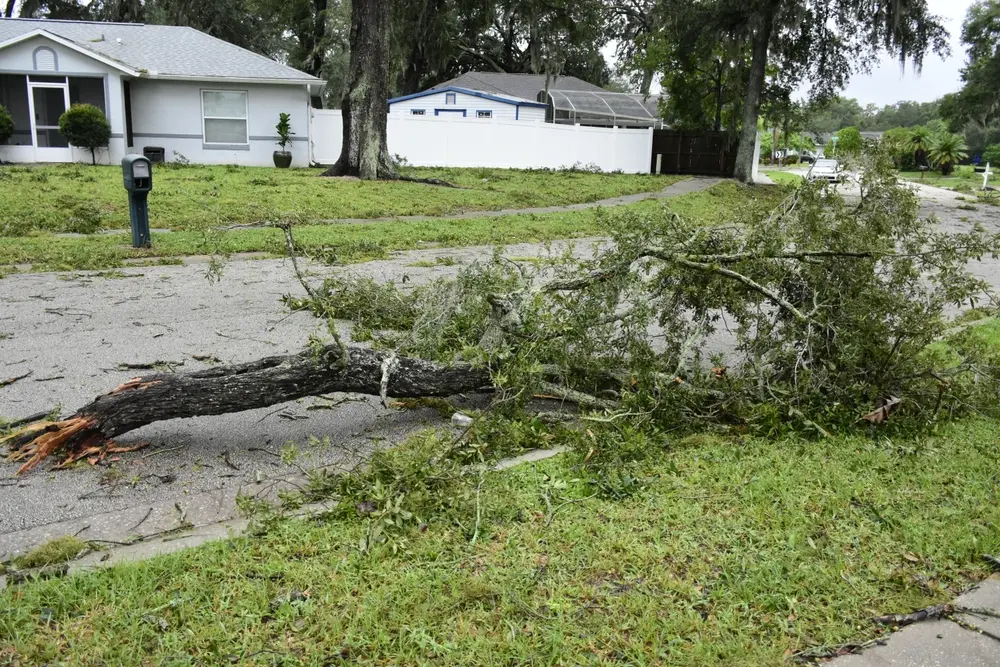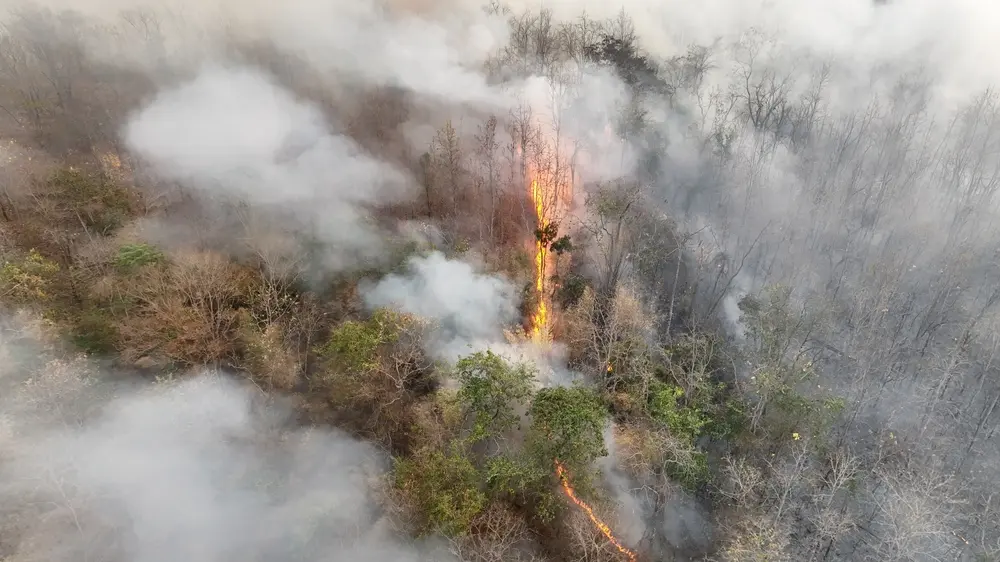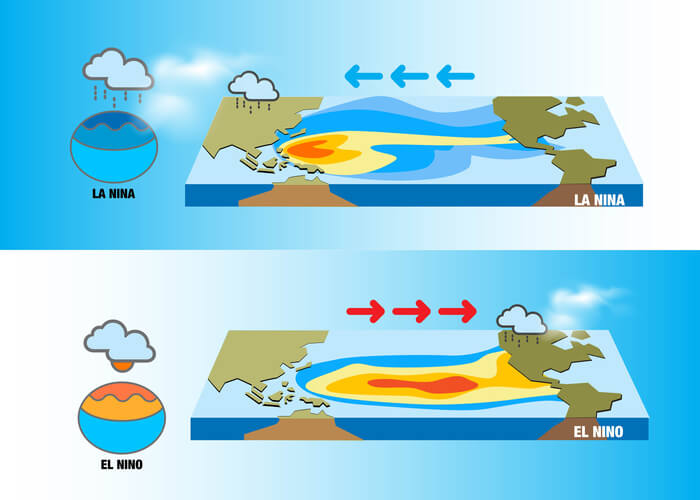How the El Nino Southern Oscillation Cycle Predicts Global Weather
The Science Behind the El Niño Oscillation Cycle (ENSO)
The National Oceanic and Atmospheric Administration (NOAA) is the federal regulatory agency responsible for monitoring oceanic and atmospheric conditions. The agency serves the United States and the need to understand and prepare for natural hazards and the environment as a whole. NOAA predicts climate patterns for future seasons based on existing conditions.
Conditions are measured by testing the temperature of the water in the Pacific Ocean to predict weather patterns like El Niño or La Niña seasons.
How El Niño and La Niña Are Predicted
- El Niño years are predicted when the water temperature in the Pacific Ocean is 0.5 degrees Celsius above normal.
- La Niña years are predicted when the temperature is 0.5 degrees Celsius below normal. The more variable the difference in temperature, the more severe the upcoming season is predicted to be.
Most years are neither El Niño nor La Niña and referred to as average or neutral. This reoccurring climate pattern, called the El Niño-Southern Oscillation “ENSO”, repeats anywhere from around two to seven years. The ENSO cycle affects the weather around the world, but is only a prediction of weather patterns and not guaranteed.
The Bjerknes Feedback Loop in ENSO
The ENSO cycle is directly related to changes in the atmosphere. The positive feedback loop called Bjerknes feedback explains that changes in either the ocean or the atmosphere reinforce the changes in the other.
Because of this, it is often unclear what the catalyst is for an El Niño or La Niña season, but scientists can note the various changes and predict the severity of the impending event.
Understanding El Niño: Weather Patterns, Impacts, & Historical Events
El Niño means “little boy” in Spanish which correlates with the changing weather patterns in the latter half of the calendar year, or northern hemisphere’s winter. El Niño seasons are characteristically warmer. The pacific jet stream is amplified across the southern United States with wetter weather patterns and increased flooding.
Conversely, the Northern United States and Canada are drier and warmer than usual as the polar jet stream moves downward toward the equator. The season usually lasts from nine to twelve months, most directly affecting the winter months.
El Niño’s Impact on Hurricanes and Storms
In this weather pattern, Atlantic hurricane activity is often suppressed with the push of the polar jet stream. Pacific hurricane activity is increased with the low-pressure system. These expected shifts in weather influence NOAA’s prediction of Atlantic and Eastern Pacific Hurricane Outlooks as well as general seasonal temperatures and precipitation predictions.
Trade Winds and Oceanic Changes During El Niño
During normal weather conditions, trade winds travel east to west, carrying warmer waters off the western coast of the North and South America toward Australia. In El Niño years, the trade winds are weaker, allowing the warmer water to be pushed toward the western coast of the Americas.
Historical El Niño Events and Their Impact
NOAA noted temperature changes in April 2023 and issued an El Niño watch before issuing the official arrival in June of 2023. As the event typically lasts 9-12 months, the 2023-2024 winter season will be the most affected. This is seen in the “Pineapple Express” atmospheric river event that originated in Hawaii and travelled to California and into Canada.
Another example of a previous El Niño event was 2014-2016. In 2015, the Central Pacific Cyclone Basin, centered around Hawaii, saw a seasonal record of cyclones at 16. While the majority of weather shifts occur in the Pacific Ocean, in extreme circumstances this still greatly affects the United States.
The seasons of 1982-1983 and 1997-1998 were both El Nino years, causing heavy rainfall, flooding and landslides throughout California. The former season experienced oceanic temperatures 7.8-12.8 degrees Celsius above normal.

Understanding La Niña: Weather Patterns, Impacts, and Historical Events
La Niña means “little girl” in Spanish, named to be the opposite of the El Niño weather pattern. It is also called “El Viejo” or “anti-El Niño.” La Niña patterns have characteristically stronger trade winds as the polar jet stream and pacific jet stream converge in the Pacific Northwest (PNW). Both jet streams are amplified and more variable.
Canada, PNW and the Ohio Valley experience colder and wetter seasons and therefore are more prone to flooding in La Niña seasons. While states from Arizona to Florida are exceptionally dry leading to potential droughts. The warmer ocean water is pushed toward Asia as the water along the western United States is colder. La Niña events often last longer than El Niño, around one to three years.
La Niña’s Impact on Rainfall and Extreme Weather
Upwelling is also a notable characteristic of La Niña seasons. Upwelling brings cold, nutrient-rich water from the lower oceanic levels to the surface. Nutrient-rich water leads to an increase in phytoplankton and therefore an increase in fish species that eat phytoplankton. Overall, upwelling leads to a drastic drop in sea-surface temperature.
Historical La Niña Events and Their Effects
La Niña also results in lower-than-normal air pressure across the western Pacific that leads to increased rainfall. During the La Niña season in 2011, Chicago experienced a severe winter blizzard causing the city to shut down.
Conversely, the Southern US experienced record-breaking tornado activity called the Super Outbreak of 2011 with 360 tornados in three days.

The Global Impact of the ENSO Cycle
The ENSO cycle can have a great impact on farming, food production and human health. Severe weather changes directly affect migratory patterns of animals. La Niña seasons often increase fishing in the Western coast of the United States as the nutrient rich water moves inland. The opposite is true of El Niño seasons as the water is warmer and not as likely to bring fish.
Impacts of the ENSO cycle are most severe in communities and regions that heavily rely on natural resources and rain frequency. Extreme heat, drought and flooding are common within the ENSO cycle in various regions across the world. Predicting the shift in weather in advance can help at-risk regions prepare for the potential extreme weather.
Transitioning from El Niño to La Niña
NOAA has released a 2024 climate prediction that would result in a transition from the current El Niño pattern to an ENSO-neutral pattern from April to June with increasing odds of La Niña developing in June of 2024. It is soon to make predictions of a La Niña pattern, but historically La Niña seasons follow extreme El Niño seasons like this 23/24 winter season. This may result in a hotter than average summer, like we saw in 2016.
Challenges of Predicting ENSO and Its Weather Variability
ENSO patterns are a general prediction of what is likely to occur based on historical data. Occasionally, the data is severely skewed. As the southeast experiences wetter winters, the region can often see snowfall.
Occasionally these storms meet the Appalachian Mountains or push off the coast and become Nor’easters, travelling up through Maryland and above. On average, the El Niño season brings warmer temperatures and less snow to the Northeast, but this can be skewed by these exponential storms.
Weather can often change in an instant and is notoriously difficult to predict, especially on a global scale. Using historical data, meteorologists predict patterns based on probability rather than expectation. As of February 2024, the National Weather Service has begun a La Niña watch, predicting a warm summer beginning in August and more severe storms for the Northern United States.
Additional Resources
https://education.nationalgeographic.org/resource/la-nina/
https://www.noaa.gov/jetstream/global/jet-stream
https://scied.ucar.edu/learning-zone/how-weather-works/highs-and-lows-air-pressure
https://www.climate.gov/news-features/blogs/enso/how-enso-leads-cascade-global-impacts
https://www.weather.gov/ama/elnino
https://www.weather.gov/news/230706-ElNino
https://www.cpc.ncep.noaa.gov/products/analysis_monitoring/enso_advisory/ensodisc.shtml#:~:text=Synopsis%3A%20A%20transition%20from%20El,Ocean%20%5BFig.%201%5D.
 Kenosha, Wis. Highway KR Regenerative Stormwater ConveyanceThe Root-Pike Watershed Initiative Network Kenosha County, and others worked with AQUALIS to design and implement an innovative solution for stormwater control along Highway KR.
Kenosha, Wis. Highway KR Regenerative Stormwater ConveyanceThe Root-Pike Watershed Initiative Network Kenosha County, and others worked with AQUALIS to design and implement an innovative solution for stormwater control along Highway KR. Durham, N.C. Sinkhole Leads to Stormwater System RehabilitationThe tenant on this property noticed a depression that opened to the ground below and notified the property owners.
Durham, N.C. Sinkhole Leads to Stormwater System RehabilitationThe tenant on this property noticed a depression that opened to the ground below and notified the property owners.



